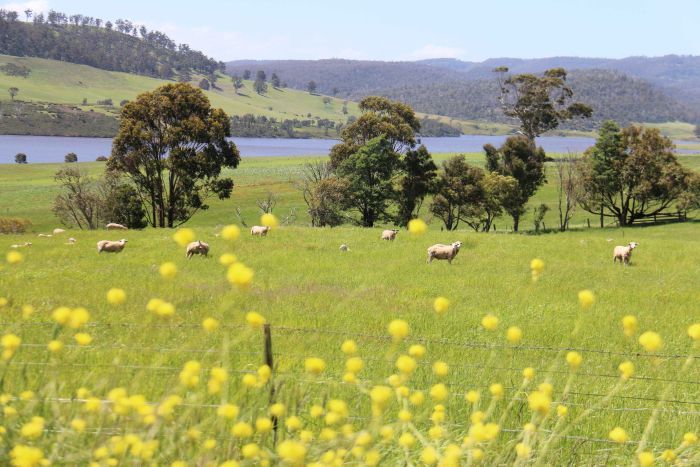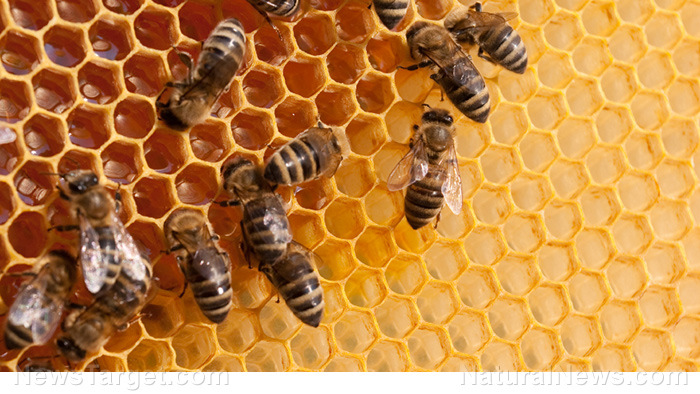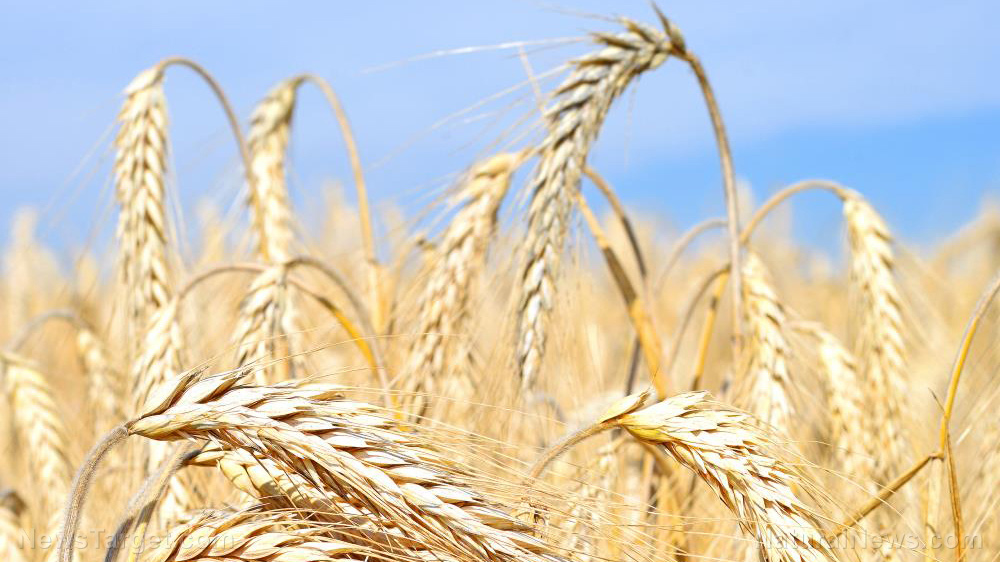
Advertisement
It’s a well-established fact that pesticides can have many adverse effects not just to humans but to the very crops that they are supposed to protect as well. And as far as current efforts to reduce pesticide use go, one of the known ways to do so involves planting wildflowers right around the perimeter of fields to sort of “cage in” pests that may otherwise decimate planted crops in the field.
However, as you can probably imagine, this method is not very effective, or at least not as effective as it should or could be, considering that the pest-combating wildflowers can only be found near the outside of fields while the inner parts are left open and exposed. With this in mind, a team of researchers from the Center for Ecology and Hydrology (CEH) has now started a five-year-long trial that will look into the effects of planting bright wildflowers all throughout crop fields with the sole intention of boosting natural predators of pests and reducing pesticide use.
The wildflowers were planted in strips across 15 large arable lands in central and eastern England, according to a report, and will serve as the source of data that will show the effectiveness of the method in keeping crops healthy near the center of the field. This is evidently quite important, as one of the researchers plainly states, “If you imagine the size of a [ground beetle], it’s a bloody long walk to the middle of a field.” So if wildflower use is truly effective when implemented on the outer areas of crop fields, then it could also have similar effects when planted in the inside areas.
According to professor Richard Pywell from the CEH, the initial part of their tests involved planting strips of wildflowers about 100 meters apart from each other. It is said that this is just the right distance in order to allow predators to attack real pests such as aphids and other insects all throughout the field. The planted wildflowers include wild carrot, red clover, oxeye daisy, and common knapweed, according to a report.
Compared with previous setups, the new field trials include planting strips of wildflower that measure six meters wide and only take up around 2 percent of the total field area. The researchers will be keeping an eye on them are recording research notes through what is called a full rotation cycle — from the growth of winter wheat to oilseed rape to spring barley. And as the trials progress, the researchers will be on the lookout for signs indicate drawing wild insects into the central areas of the fields can only do more harm than good.
In previous studies, it has already been shown that planting wildflowers can help local bee populations to thrive. In particular, the U.S. Department of Agriculture once conducted a study that found a positive correlation between the planting of wildflowers and the growth of bees in so-called bee pastures. Taking that into consideration, it’s easy to understand how the researchers in this new study got their ideas.
If the study proves successful after the specified trial period in that the resulting increase in biodiversity took care of the problem of pests, then it could have major implications in the use of pesticides for farming. Ideally, the fewer pesticides used, the better. It will be interesting to see what kind of information becomes available from the study in five years.
Read more farming-related research studies in Harvest.news.
Sources include:
Advertisements







